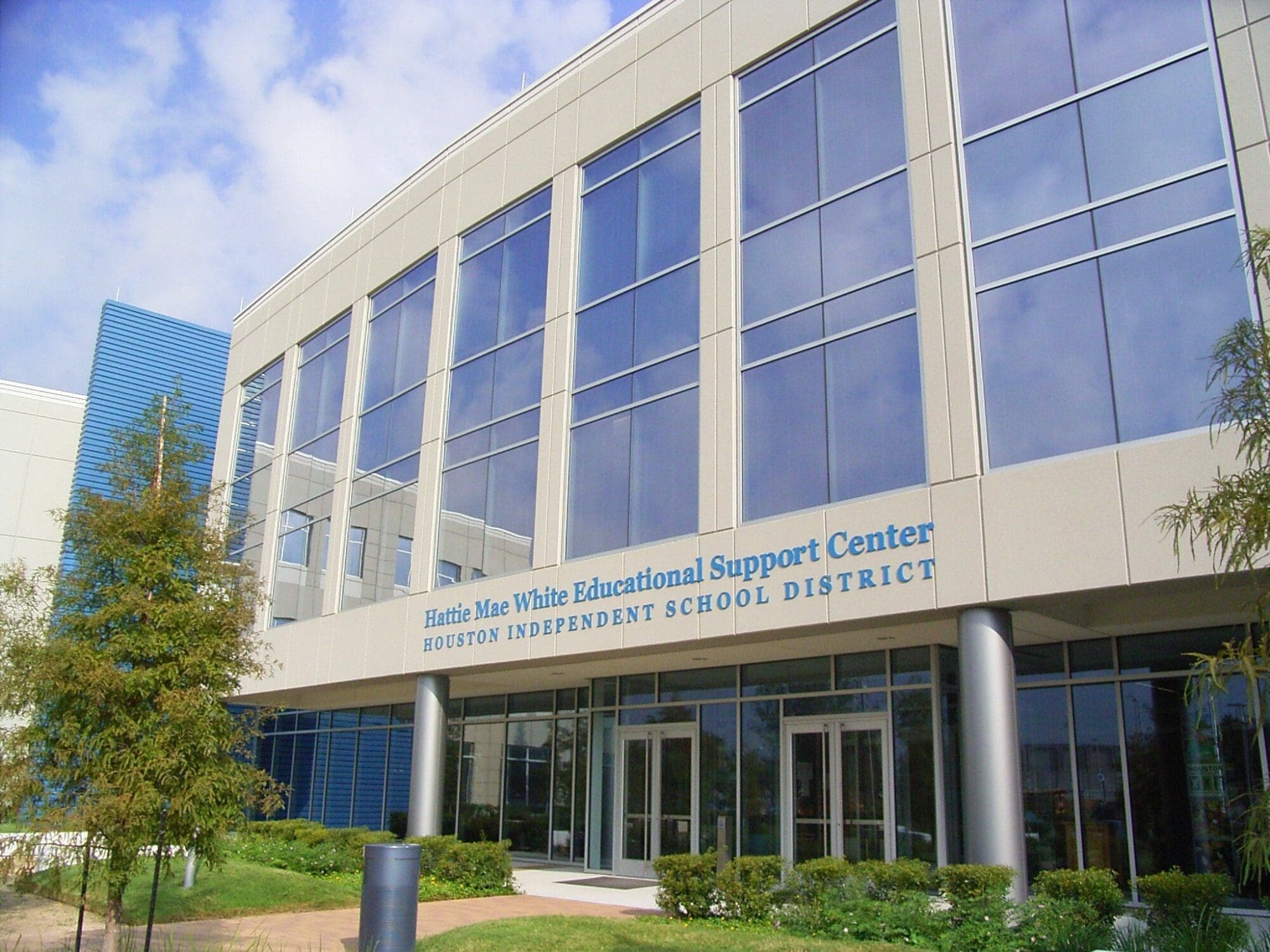Taxpayers who are interested in limiting the government’s burden on their family’s budget need to know who’s borrowing on their behalf. Although some states rely relatively heavily on their state government for public services, Texas does not.
And that’s good news for those of us who believe that government closest to the people is also the most accountable, efficient and effective. But ensuring accountability requires our active participation.
Taxpayers also need to know where to focus their local efforts.
Since 2012 we’ve cataloged the massive increase in the overall level of local government debt, which, over the last decade, has grown faster than the growth of the state’s population and currency inflation.
According to the most recent data complied by the Texas Bond Review Board in 2013, the total liability equaled $328 billion, or $12,400 for every man, woman and child.
In other words, Texas still has the second highest, per person local debt in the United States. And although it appears that the growth over the last twelve months has slowed when compared to past years, the long-term trajectory is alarming.
So which local governments are borrowing on your behalf?
Cities and school districts are the largest taxing, borrowing and spending entities, making up two-thirds of the overall debt burden. Below is a breakdown of each local debt category, which includes both the principal and interest payments that Texas families are responsible for repaying.
The first category is principal; the second, interest; the last column, the total cost.
Public Schools: $65 billion $43 billion $108 billion
Cities/Towns: $66 billion $37 billion $103 billion
Water Districts: $31 billion $18 billion $49 billion
Other Districts: $16 billion $19 billion $35 billion
Counties: $14 billion $8 billion $22 billion
Junior Colleges: $5 billion $2 billion $7 billion
Hospital Districts: $3 billion $3 billion $6 billion
Total: $200 billion $128 billion $328 billion
Although necessary in some cases, debt financing is an extremely expensive way to pay for government services. Although Texans have received $200 billion in tangible assets for local government entities, they will pay an additional $128 billion in interest expense alone; a tangible cost without a tangible benefit.
In other words, taxpayers will pay $328 billion for only $200 billion in actual benefits. Despite the best efforts of some to demagogue the issue in favor of reckless fiscal policy, critics of the debt crisis don’t view all debt as categorically “bad”.
Taxpayers need to closely scrutinize all debt financing proposals to ensure that any debt issued is both necessary and a prudent use of public funds.
Part of the solution begins with reforming the debt issuing process, to make it more fair and transparent for those who choose to vote. Officials in both Birdville ISD and elsewhere are already considering the voluntarily adoption of basic reforms … but others wont if Texans fail to ask!
After all, it’s our money and our government.




